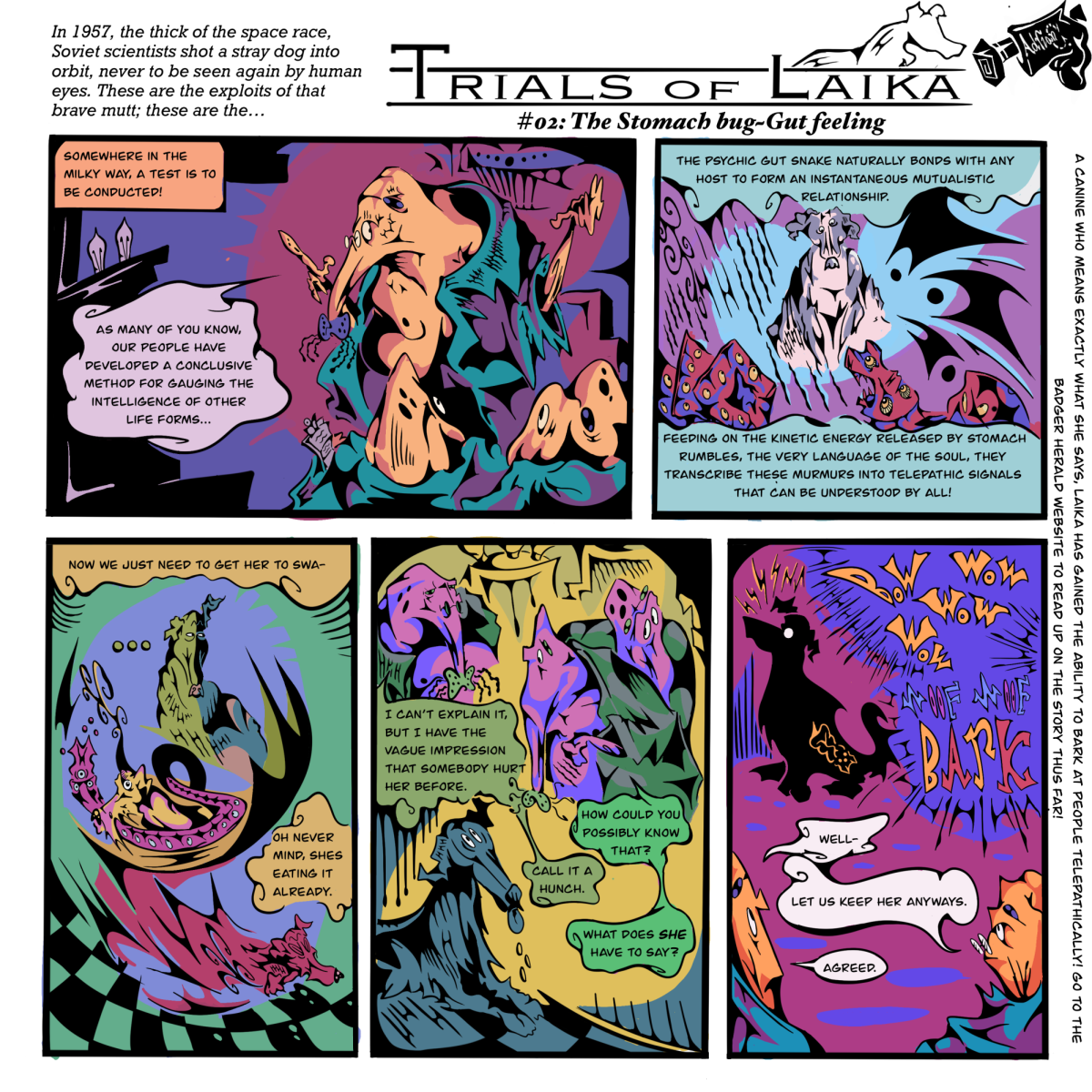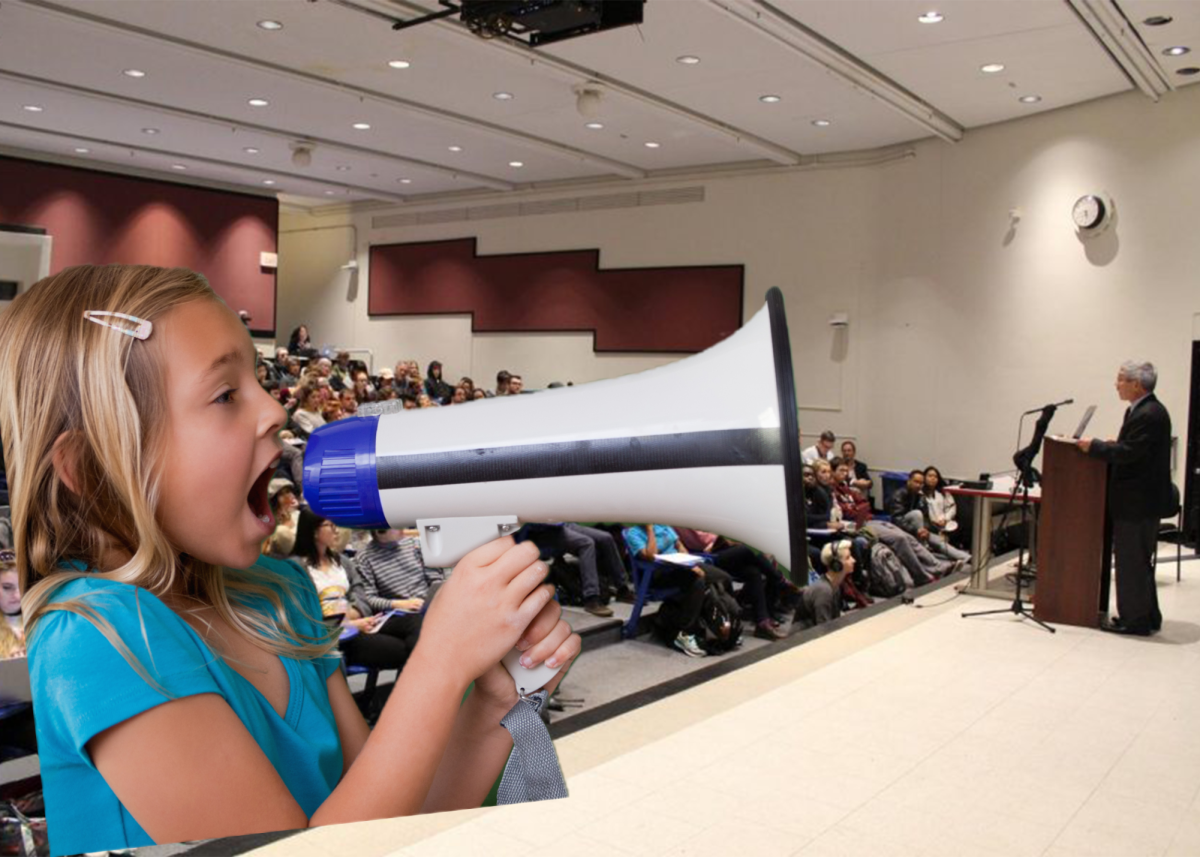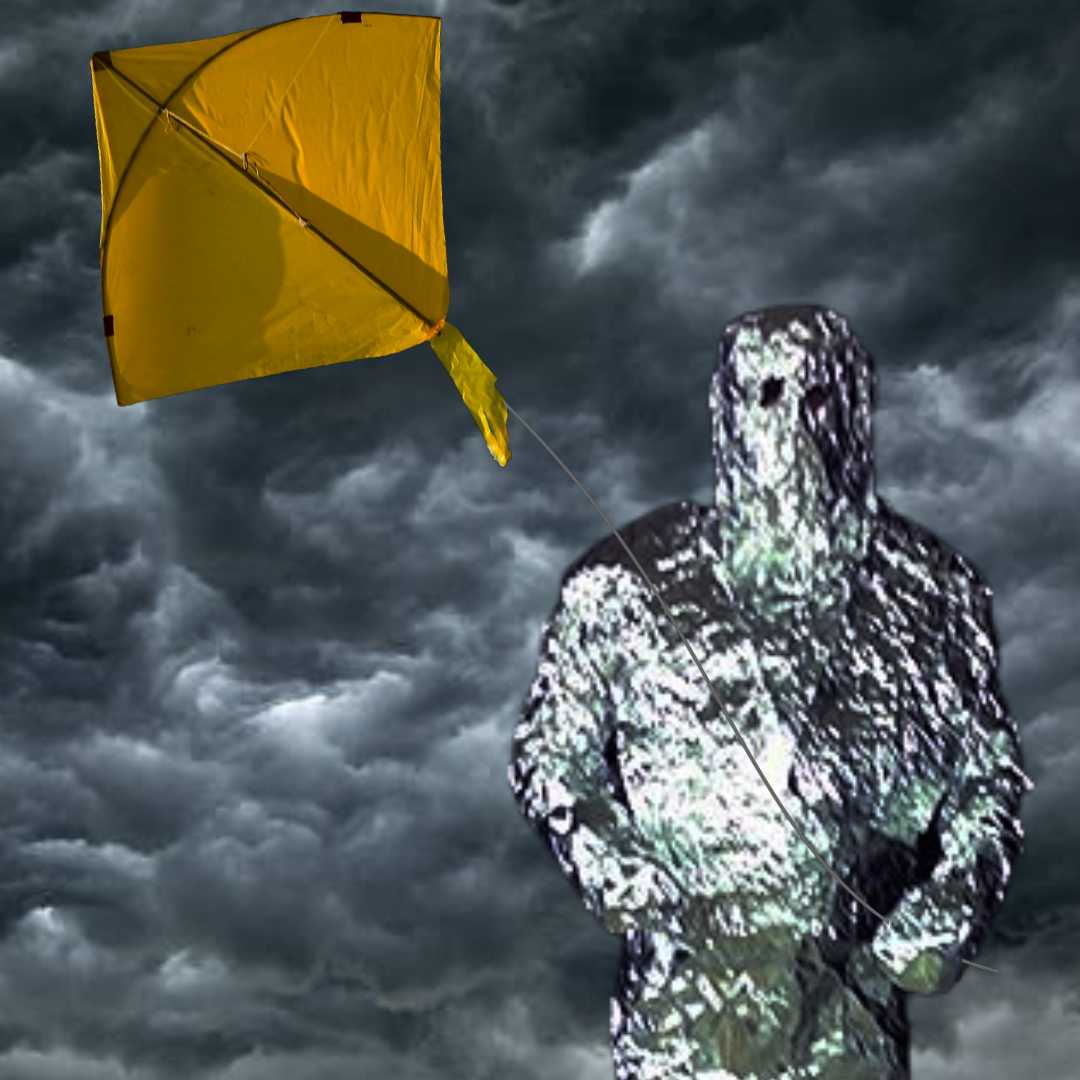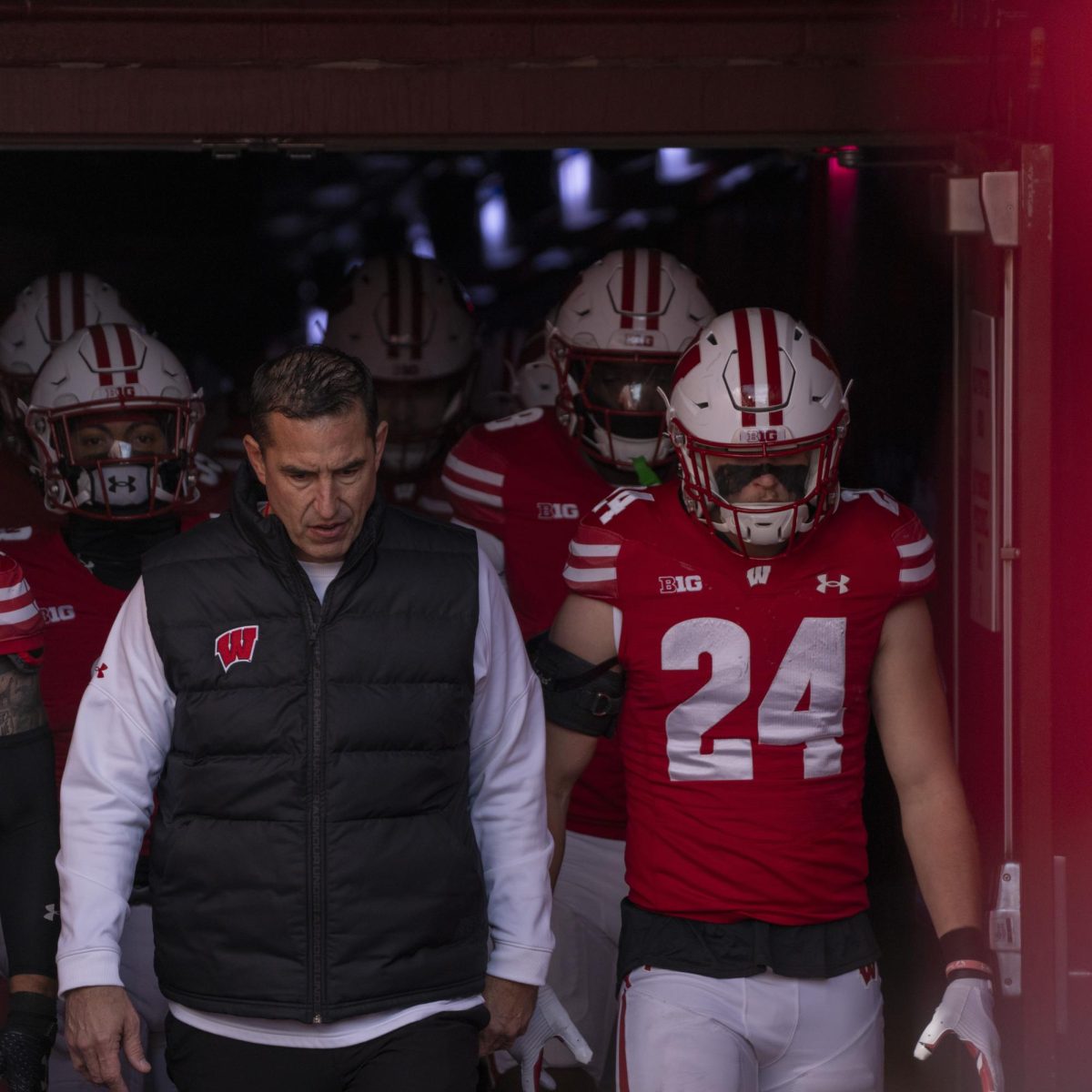As many college students have come to learn, napping isn’t just reserved for five year olds. Take a hint from kindergarten, nap time is important and an often necessary part of the day. However, many nappers don’t realize that naps aren’t a one size fits all type of deal. Different length naps have different results and fortunately, I’m here to present you with a guide to become a tactical napper.
To get satisfaction from your napping experience, you need to have an understanding of what you are looking to get out of your nap. Preparing to take a nap without a plan or time limit is like playing the lottery, you don’t know how it’s going to turn out.
Napping can be categorized in three different ways: planned napping, emergency napping and habitual napping.
1) Planned naps

Planned napping is when you have a specific time of the day you set aside for napping, whether you are tired or not.
2) Habitual naps

Habitual napping is similar, but it is when a person takes a nap at the same time each day that your body gets accustomed to rest at that specific time.
3) Emergency naps

The final category is emergency napping, which occurs upon a sudden wave of tiredness that needs to be combated with a nap.
Recognizing what type of napper you are may offer a better understanding of what you are looking to get out of your nap. The quality of your nap can be effected by the setting you are placed in: did you just eat lunch, are you at home, are you out in-between classes?
Eating for sleep

Eating certain foods including the amino acid tryptophan (a central building block of sleep-related chemical serotonin) may help you fall asleep quicker. This amino acid is commonly found in poultry, eggs, fish and nuts. Pairing these foods with carbohydrates can boost the effectiveness of tryptophan as carbohydrates make tryptophan more readily available to the brain.
However, eating fatty, fried or spicy foods prior to rest (guilty as charged) could impair sleep as they upset your stomach.
Dream setting: Nap environment

Your nap environment should be tailored for the best nap possible. Temperature-wise, a cool 65 degrees makes for the best sleep.What you’re wearing will also affect your nap, make sure to be in clothing where you won’t overheat or else you might wake up prematurely due to discomfort.
Placing yourself in a dark or dimly lit location will help tell your body that it’s time to rest as light serves as a subconscious cue for sleep.
Dream setting: Nap noise level

Lastly, while some may argue they fall asleep just fine with background noise, a quiet atmosphere (or one with is the most conducive for rest). Noises are more likely to disrupt people during light sleep, which makes nappers more vulnerable to disruption.
Now that we’ve laid out the dream setting (literally) for your nap, it is time (literally again) to set boundaries for your nap.
Dream setting: Nap length

Going into a nap with no intended length is reckless and catastrophic (it’s not really, but it sounds worse this way). To many people’s surprise, different lengths of naps will offer different results on your body and mind. Recognizing what benefits you seek from napping will allow you to better schedule your naps accordingly.
University Health Services medical sciences director, Bill Kinsey, recommends 10-30 minutes naps. Kinsey notes that these “power naps” will improve alertness and reduce fatigue. These are the perfect remedy for midday grogginess.
For experts: The caffeine nap

For more experienced nappers who really need a pick-me-up, try a caffeine nap. This is where you have a caffeinated beverage just before you power nap. Since caffeine doesn’t take effect for approximately 20 minutes, you will wake up with enough energy and focus to save the world or maybe just your grade. The effectiveness of a caffeine nap has been statistically found to outperform both naps and caffeinated beverages on their own.
The perfect power nap: 60-90-minute naps

For those looking for more than just a quick recharge, a 60-90-minute nap is likely your best bet. Here you will experience a full cycle of your sleep stages, allowing you to get REM sleep. Kinsey mentions that these longer naps “can improve cognitive factors that can include both muscle memory tasks and cognitive memory.” This extended rest will also heighten your creativity, letting you take on challenge problems with a fresh mind. This type of nap is a perfect study break during a long Sunday at the library.
Be warned: Naptime don’ts

Be warned, there are risks for unregulated napping. When naps extend beyond stage two (approximately 30 minutes to get past this) you will be getting into deeper stages of sleep. If you are awakened before you complete your sleep cycle, then you will put yourself at risk of sleep inertia.
Sleep inertia lasts anywhere from one minute to four hours, with an average time between 15-30 minutes. During this state, both your motor skills and mental abilities will be severely hampered as your body has not fully awakened itself yet. To best avoid sleep inertia, avoid taking naps between 30-45 minutes as this is where you are most likely to be in your deeper stages of sleep.
Kinsey urges students to realize that while naps have their benefits, “napping just can’t replace a good quality night sleep.”
Whether it be in your own bed or under the table at college library, find your sacred napping spot and use this newfound knowledge to have the nap of your dreams.
Ryan Smith ([email protected]) is a senior majoring in strategic communications.














